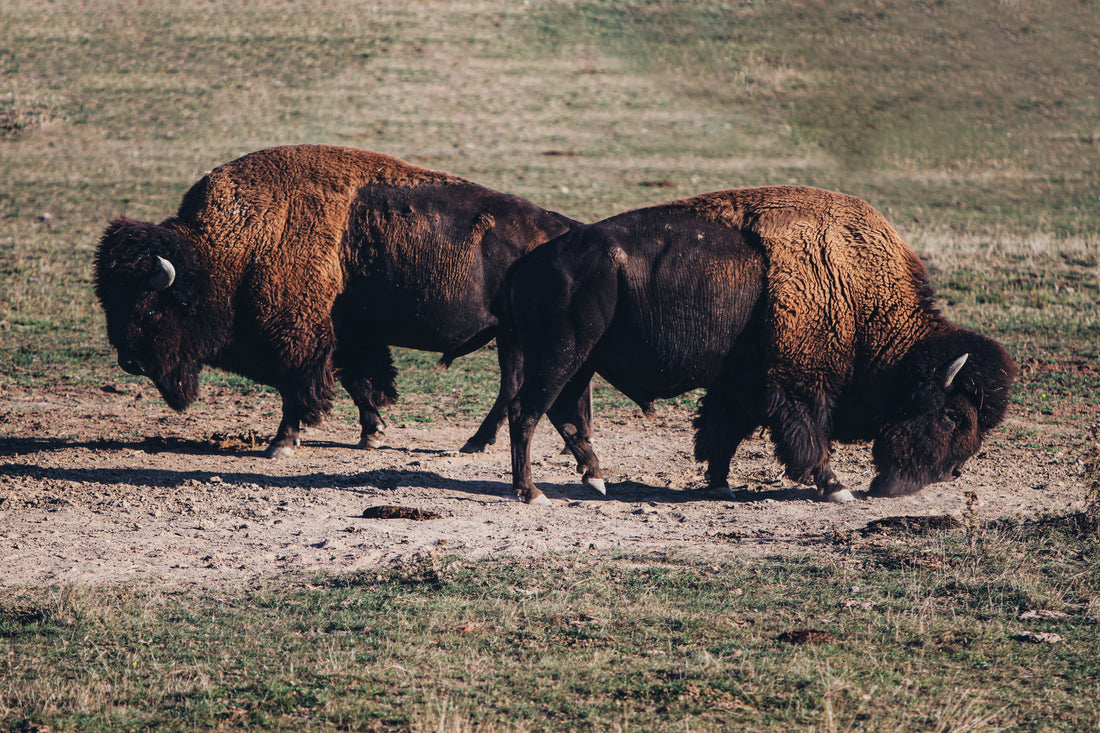Naturalism and realism are two closely related artistic movements that share similarities but also have distinct characteristics. Here's an overview of both:
- Realism in Art: Realism in art emerged in the mid-19th century as a reaction against the prevailing romanticism and idealism of the time. Realist artists aimed to depict the world as it is, focusing on ordinary subjects from everyday life. They sought to represent reality objectively, often employing meticulous detail and precise techniques.
Key features of realism in art include:
- Accurate portrayal of subjects: Realist artists aimed to depict their subjects in a truthful and objective manner, striving for accuracy in details, proportions, and lighting.
- Everyday life: Realist artworks often portrayed scenes from ordinary, everyday life, capturing the realities of the working class, rural landscapes, and urban environments.
- Social commentary: Realism was not just about faithfully depicting the physical world but also addressing social and political issues. Realist artists aimed to bring attention to the plight of the marginalized and shed light on social injustices.
Famous realist artists include Gustave Courbet, Jean-François Millet, Honoré Daumier, and Thomas Eakins.
- Naturalism in Art: Naturalism in art is an extension of realism that emerged in the late 19th century. Naturalist artists sought to go beyond the objective representation of reality and explore deeper philosophical and psychological aspects of human existence. They aimed to portray subjects as they naturally appear in their environment, often delving into the complexities of human behavior and the influence of natural forces.
Key features of naturalism in art include:
- Focus on nature and the environment: Naturalist artists were interested in depicting the natural world and its impact on human life. They often explored the relationship between humans and their surroundings, emphasizing the influence of environmental factors.
- Psychological depth: Naturalism delved into the inner lives of characters, exploring their emotions, motivations, and struggles. Naturalist artworks often depicted human beings as products of their environment, shaped by biological, social, and economic factors.
- Scientific influences: Naturalism drew inspiration from scientific developments of the time, such as Charles Darwin's theory of evolution. Artists incorporated scientific ideas into their works, emphasizing the connection between humans and the natural world.
Prominent naturalist artists include Édouard Manet, Émile Zola, Jean-Baptiste-Camille Corot, and Winslow Homer.
While both realism and naturalism strive for accuracy and objective representation, naturalism goes beyond surface-level observations to delve into the psychological, social, and environmental aspects of human existence. It seeks to explore the complexities of human nature within the context of the natural world.
Naturalism and Realism

